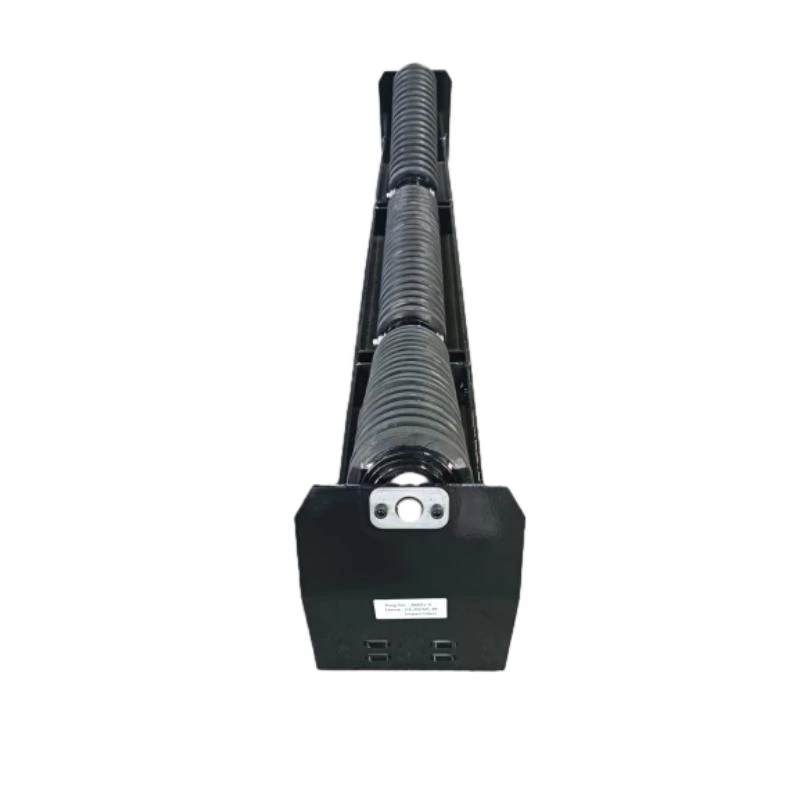 Afrikaans
Afrikaans  Albanian
Albanian  Amharic
Amharic  Arabic
Arabic  Armenian
Armenian  Azerbaijani
Azerbaijani  Basque
Basque  Belarusian
Belarusian  Bengali
Bengali  Bosnian
Bosnian  Bulgarian
Bulgarian  Catalan
Catalan  Cebuano
Cebuano  Corsican
Corsican  Croatian
Croatian  Czech
Czech  Danish
Danish  Dutch
Dutch  English
English  Esperanto
Esperanto  Estonian
Estonian  Finnish
Finnish  French
French  Frisian
Frisian  Galician
Galician  Georgian
Georgian  German
German  Greek
Greek  Gujarati
Gujarati  Haitian Creole
Haitian Creole  hausa
hausa  hawaiian
hawaiian  Hebrew
Hebrew  Hindi
Hindi  Miao
Miao  Hungarian
Hungarian  Icelandic
Icelandic  igbo
igbo  Indonesian
Indonesian  irish
irish  Italian
Italian  Japanese
Japanese  Javanese
Javanese  Kannada
Kannada  kazakh
kazakh  Khmer
Khmer  Rwandese
Rwandese  Korean
Korean  Kurdish
Kurdish  Kyrgyz
Kyrgyz  Lao
Lao  Latin
Latin  Latvian
Latvian  Lithuanian
Lithuanian  Luxembourgish
Luxembourgish  Macedonian
Macedonian  Malgashi
Malgashi  Malay
Malay  Malayalam
Malayalam  Maltese
Maltese  Maori
Maori  Marathi
Marathi  Mongolian
Mongolian  Myanmar
Myanmar  Nepali
Nepali  Norwegian
Norwegian  Norwegian
Norwegian  Occitan
Occitan  Pashto
Pashto  Persian
Persian  Polish
Polish  Portuguese
Portuguese  Punjabi
Punjabi  Romanian
Romanian  Russian
Russian  Samoan
Samoan  Scottish Gaelic
Scottish Gaelic  Serbian
Serbian  Sesotho
Sesotho  Shona
Shona  Sindhi
Sindhi  Sinhala
Sinhala  Slovak
Slovak  Slovenian
Slovenian  Somali
Somali  Spanish
Spanish  Sundanese
Sundanese  Swahili
Swahili  Swedish
Swedish  Tagalog
Tagalog  Tajik
Tajik  Tamil
Tamil  Tatar
Tatar  Telugu
Telugu  Thai
Thai  Turkish
Turkish  Turkmen
Turkmen  Ukrainian
Ukrainian  Urdu
Urdu  Uighur
Uighur  Uzbek
Uzbek  Vietnamese
Vietnamese  Welsh
Welsh  Bantu
Bantu  Yiddish
Yiddish  Yoruba
Yoruba  Zulu
Zulu conveyor components & parts
Conveyor Components and Parts An Overview
Conveyor systems are integral to various industries, ranging from manufacturing and warehousing to mining and agriculture. These systems streamline the movement of goods, materials, and products, enhancing efficiency and productivity. To ensure that these conveyor systems operate smoothly, various components and parts are required. In this article, we will explore the essential components of conveyor systems, their functions, and the significance of proper maintenance.
1. Conveyor Belts
At the heart of every conveyor system is the conveyor belt. These belts can be made from various materials, including fabric, rubber, and metal, depending on the application. The type of belt used will largely depend on the materials being transported, weight loads, and environmental conditions. Conveyor belts are designed to provide high strength and durability while ensuring minimal friction during operation.
2. Rollers
Rollers play a vital role in supporting the conveyor belt and facilitating its movement. They are usually mounted on frames and are essential for reducing the friction between the belt and the conveyor structure. Rollers come in different types, including idler rollers and drive rollers. Idler rollers guide the belt and support the load, while drive rollers provide the necessary traction to propel the belt forward.
3. Drive Systems
A conveyor system's drive system comprises an electric motor, gearbox, and other mechanisms that generate motion. Selecting the appropriate drive system is crucial as it determines the speed, power, and efficiency of the conveyor. The electric motor converts electrical energy into mechanical energy, while the gearbox adjusts the speed and torque required for the application. Proper selection and maintenance of the drive system are essential to ensure continuous and reliable operation.
4. Pulleys
conveyor components & parts

Pulleys are critical components in conveyor systems. They serve as anchor points for the conveyor belt and help to guide its movement. There are different types of pulleys, including head pulleys, tail pulleys, and snub pulleys. The head pulley is located at the discharge end and is usually the drive pulley, while the tail pulley is at the loading end. Snub pulleys are used to increase the belt's wrap angle around the drive pulley, enhancing friction and improving belt grip.
To ensure optimal performance, conveyor belts require proper tension. This is where tensioning devices come into play. They adjust the tension on the belt, preventing slippage and ensuring that the belt remains taut. Common types of tensioning devices include screw take-ups, gravity take-ups, and hydraulic tensioners. Regular monitoring and adjustment of belt tension are necessary to prolong the life of the conveyor system.
6. Safety Components
Safety is paramount in any conveyor system. Various safety components, such as guards, emergency stops, and warning lights, must be integrated into the design of conveyor systems. These components help prevent accidents and injuries, ensuring a safe working environment. Regular inspections and maintenance of safety features are essential to uphold workplace safety standards.
7. Maintenance and Upkeep
Proper maintenance of conveyor components is imperative to ensure longevity and operational efficiency. Regular inspections can identify wear and tear, allowing for timely replacements and repairs. Keeping the components clean and lubricated is also crucial in reducing friction and preventing breakdowns.
Conclusion
Conveyor systems are complex assemblies that rely on a variety of components and parts to function efficiently. Each component, from belts and rollers to drive systems and safety devices, plays a crucial role in the overall performance of the system. Understanding these components and their functions can help businesses optimize their operations, improve safety standards, and prolong the life of their conveyor systems. Proper maintenance and timely upgrades are essential to ensure that conveyor systems continue to meet the demands of modern industries.
-
Revolutionizing Conveyor Reliability with Advanced Rubber Lagging PulleysNewsJul.22,2025
-
Powering Precision and Durability with Expert Manufacturers of Conveyor ComponentsNewsJul.22,2025
-
Optimizing Conveyor Systems with Advanced Conveyor AccessoriesNewsJul.22,2025
-
Maximize Conveyor Efficiency with Quality Conveyor Idler PulleysNewsJul.22,2025
-
Future-Proof Your Conveyor System with High-Performance Polyurethane RollerNewsJul.22,2025
-
Driving Efficiency Forward with Quality Idlers and RollersNewsJul.22,2025





























